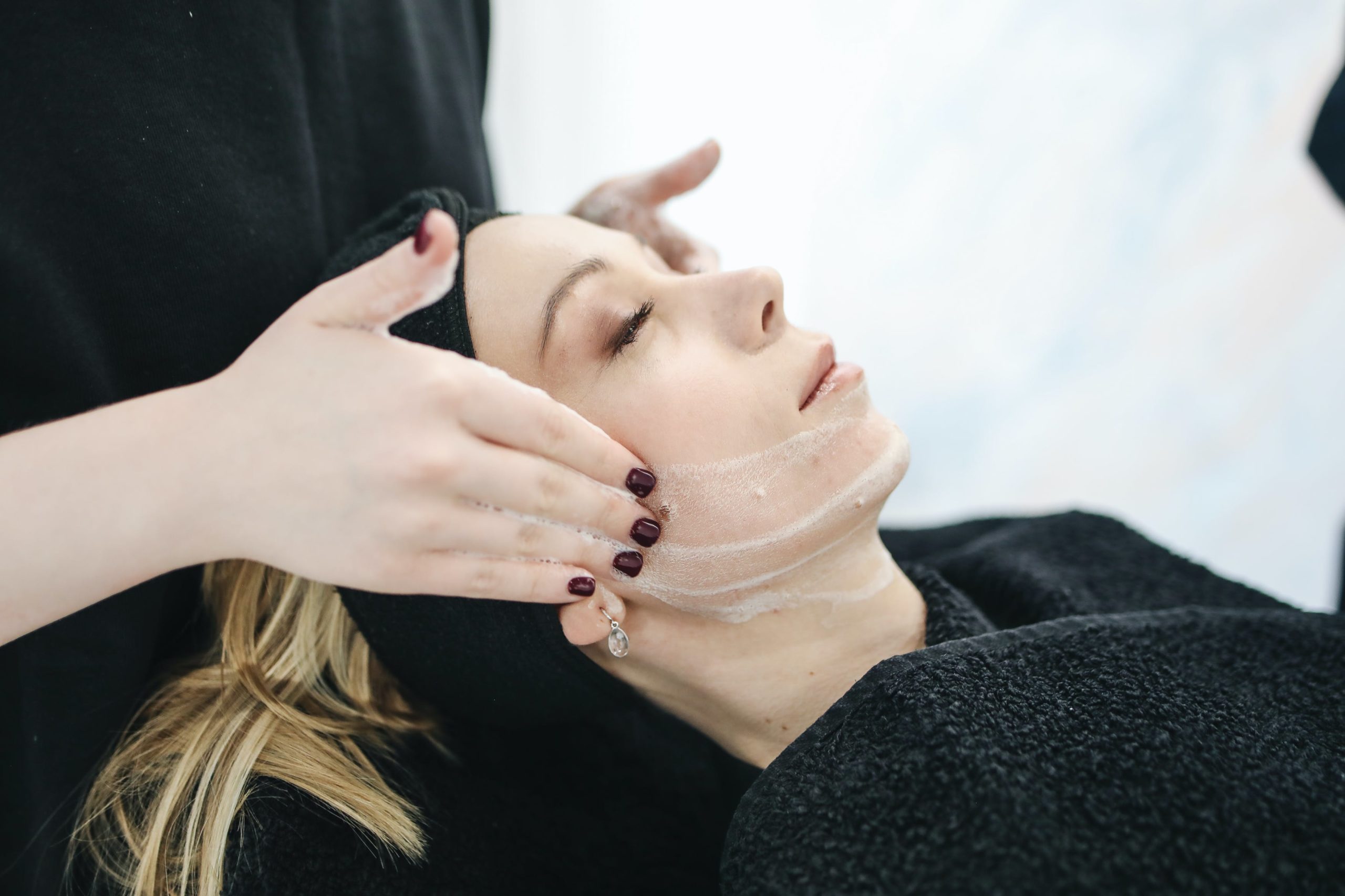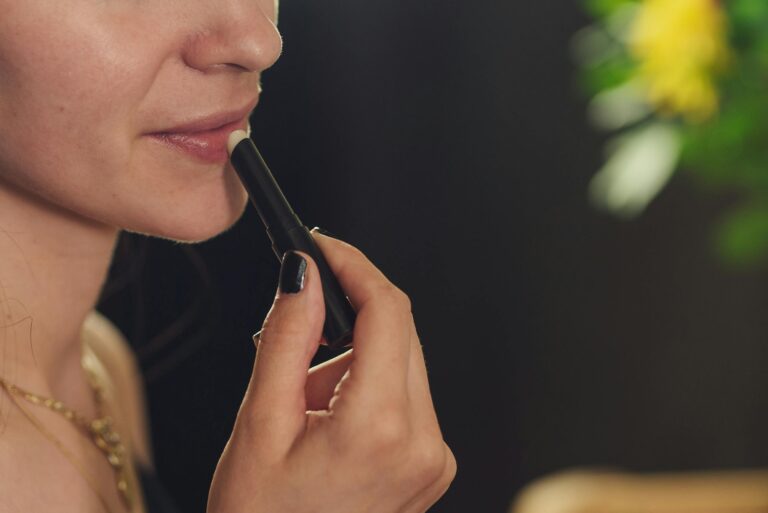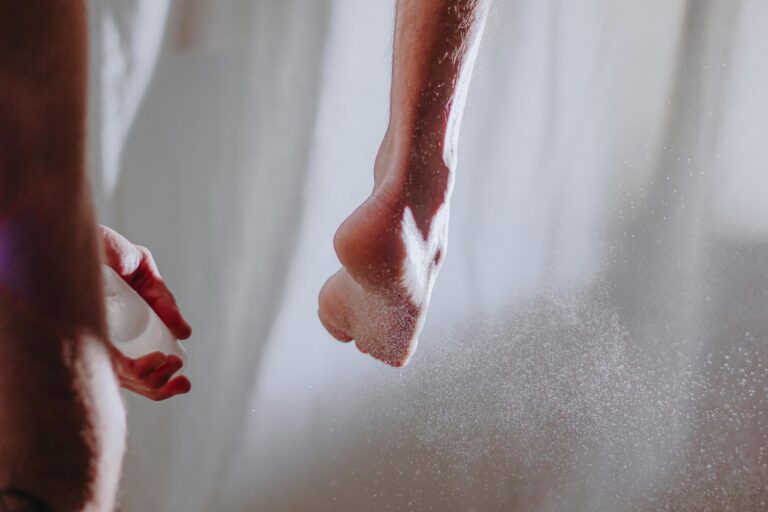In the pursuit of flawless skin, many individuals turn to skin resurfacing treatments. These procedures aim to improve skin texture, reduce signs of aging, and address specific skin concerns. From chemical peels to laser therapies, the world of skin resurfacing offers a diverse range of options.
In this comprehensive guide, we will delve into the various techniques, benefits, and considerations associated with skin resurfacing treatments, empowering you to make informed decisions for your skincare journey.
Understanding Skin Resurfacing Treatments
Skin resurfacing treatments encompass a variety of procedures designed to rejuvenate the skin by removing damaged or aged outer layers. These treatments stimulate collagen production, promoting a smoother, more youthful appearance. Let’s explore some common skin resurfacing techniques:
1. Chemical Peels
Chemical peels involve the application of a chemical solution to the skin, which causes the top layer to peel off, revealing fresher skin beneath. These peels vary in strength, from mild to deep, depending on the desired outcome and the specific concerns being addressed.
2. Microdermabrasion
Microdermabrasion is a non-invasive procedure that uses a machine to exfoliate the outermost layer of the skin. It can improve the appearance of fine lines, wrinkles, and minor skin imperfections, promoting a smoother complexion.
3. Laser Skin Resurfacing
Laser skin resurfacing utilizes laser technology to remove damaged skin cells and stimulate collagen production. It is effective in treating a range of skin issues, including sun damage, wrinkles, and scars. Fractional laser treatments, such as Fraxel, target specific areas, minimizing downtime.
4. Dermabrasion
Dermabrasion involves the use of a rotating instrument to remove the outer layers of the skin, effectively smoothing out irregularities. This procedure is often used to address acne scars, fine lines, and sun damage.
Benefits of Skin Resurfacing Treatments
The benefits of skin resurfacing treatments extend beyond just aesthetic improvements. Let’s explore the advantages that these procedures can offer:
1. Improved Skin Texture
Skin resurfacing treatments effectively address uneven skin texture, promoting a smoother and more refined complexion. This is particularly beneficial for individuals dealing with rough or bumpy skin.
2. Reduction of Fine Lines and Wrinkles
Many skin resurfacing techniques stimulate collagen production, leading to a reduction in the appearance of fine lines and wrinkles. This can result in a more youthful and rejuvenated appearance.
3. Minimization of Scars and Pigmentation
Skin resurfacing treatments can help minimize the appearance of scars, including acne scars, as well as reduce hyperpigmentation caused by sun damage or age spots.
4. Enhanced Product Absorption
By removing the outer layer of dead skin cells, skin resurfacing treatments create a smoother canvas for skincare products to penetrate and be more effective. This can lead to better absorption of moisturizers, serums, and other skincare products.
Considerations Before Undergoing Skin Resurfacing
While skin resurfacing treatments offer numerous benefits, it’s crucial to consider certain factors before deciding to undergo these procedures:
1. Skin Type and Sensitivity
Different skin types may react differently to resurfacing treatments. Individuals with sensitive skin may need to opt for milder procedures to avoid irritation and complications.
2. Downtime and Recovery
Certain resurfacing treatments, especially deep chemical peels or ablative laser procedures, may require a significant amount of downtime for recovery. Consider your schedule and lifestyle before committing to a particular treatment.
3. Sun Exposure
After undergoing skin resurfacing, the skin is more susceptible to damage from UV rays. It’s essential to follow post-treatment care guidelines, including diligent sun protection, to maintain the results and prevent complications.
4. Budget and Affordability
Different skin resurfacing treatments vary in cost, and multiple sessions may be required for optimal results. Consider your budget and financial capacity when exploring these treatments.
Conclusion
Skin resurfacing treatments offer a transformative journey towards achieving healthier, more radiant skin. Whether you’re seeking to address fine lines, scars, or uneven texture, understanding the variety of options available allows you to make informed choices that align with your skincare goals. Remember to consider your skin type, recovery time, and budget when selecting a resurfacing treatment, and always consult with a qualified skincare professional to determine the most suitable option for your unique needs.
FAQs
Q1: Are skin resurfacing treatments suitable for all skin types?
While many skin resurfacing treatments are versatile, individuals with sensitive or certain skin conditions may need to opt for milder procedures to avoid complications.
Q2: How long is the downtime after a skin resurfacing treatment?
Downtime varies depending on the type and intensity of the resurfacing treatment. Some procedures may have minimal downtime, while others, such as deep chemical peels, may require several days to weeks of recovery.
Q3: Can skin resurfacing treatments be combined with other skincare procedures?
In some cases, skin resurfacing treatments can be combined with other procedures, such as injectables or dermal fillers, for a more comprehensive rejuvenation. However, it’s essential to consult with a skincare professional to ensure compatibility and safety.



